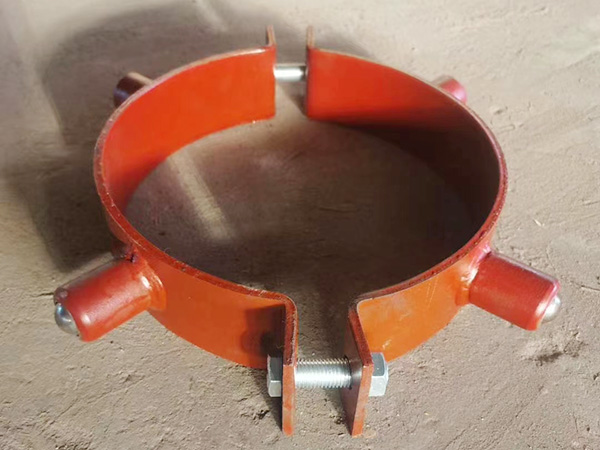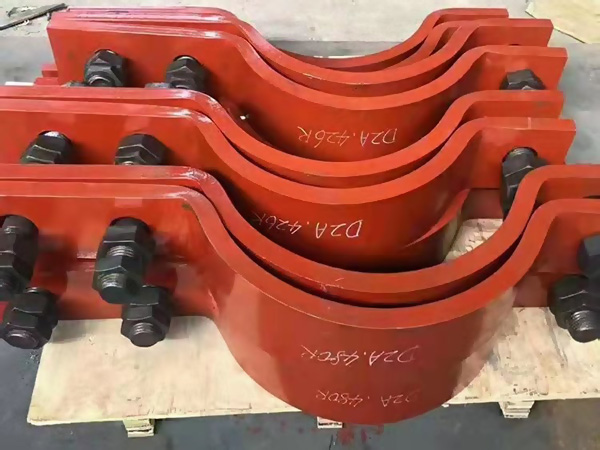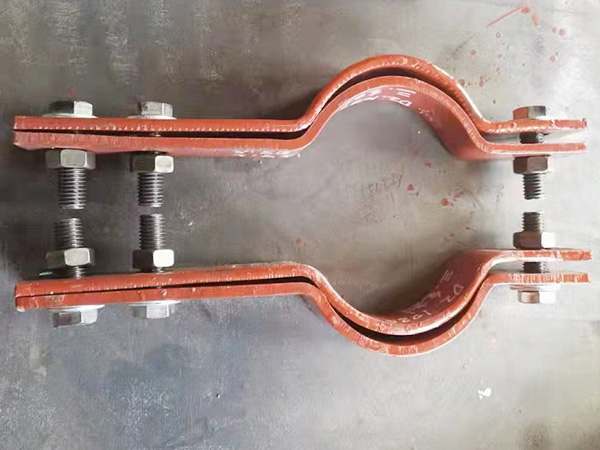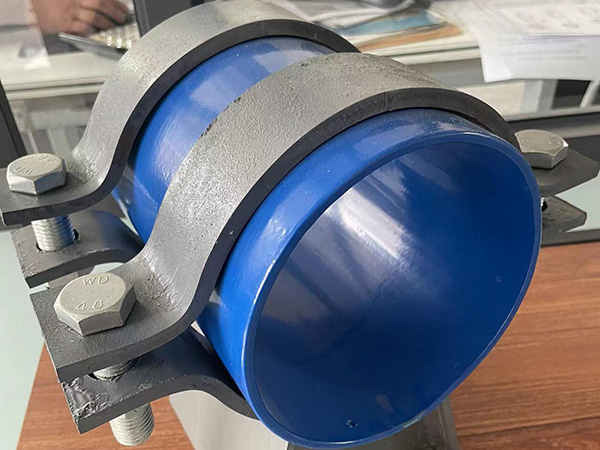Comprehensive Analysis of Flange Leakage Issues
Author:Mingde Time:2025-04-28 21:56:24 Click:140
Flange leakage is a critical concern in piping systems, leading to safety hazards, environmental risks, and operational downtime. Below is a systematic breakdown of its causes, detection methods, and solutions.
1. Root Causes of Flange Leakage
A. Improper Installation
Incorrect Bolt Tightening: Uneven torque or insufficient preload.
Misaligned Flanges: Angular or parallel offset during assembly.
Damaged Gasket: Over-compression, cuts, or incorrect material selection.
B. Material & Design Issues
Gasket Failure: Thermal degradation, chemical attack, or creep relaxation.
Flange Face Damage: Scratches, warping, or corrosion.
Unmatched Materials: Thermal expansion differences between flange/bolt/gasket.
C. Operational Factors
Pressure/Temperature Fluctuations: Cyclic loads causing joint fatigue.
Vibration/Piping Stress: External forces loosening bolts.
Aging & Wear: Gradual degradation of sealing components.
2. Leak Detection Methods
Visual Inspection: Oil stains, rust trails, or audible hissing.
Bubble Testing: Soap solution for low-pressure leaks.
Ultrasonic/Infrared Sensors: For hazardous or high-pressure systems.
Laser Scanning: Measures flange gap variations in real-time.
3. Prevention & Solutions
A. Design & Material Optimization
Gasket Selection: Match to fluid type, temperature, and pressure (e.g., spiral wound for high temps).
Flange Standards: Follow ASME B16.5/B16.47 for face flatness and finish (e.g., RF, FF).
Bolting Strategy: Use studs (not bolts) with controlled hydraulic tensioning.
B. Installation Best Practices
Sequential Bolt Tightening: Star pattern with torque wrench.
Alignment Checks: Laser tools to verify parallel/perpendicular fit-up.
Lubrication: Anti-seize compounds on threads to ensure even load distribution.
C. Maintenance & Repair
Re-torquing: Scheduled checks after thermal cycles.
In-Service Sealing: Injection resins or clamp-on leak repair sleeves.
Replacements: Upgrade to RTJ (Ring-Type Joint) flanges for critical services.
4. Industry-Specific Challenges
Oil & Gas: Hydrogen embrittlement of bolts in sour service.
Chemicals: Gasket swelling from solvent exposure.
Power Plants: Creep relaxation due to sustained high temps.
Pro Tip: Implement a Flange Integrity Management Program with:
✔ Digital Twin Monitoring (for critical flanges).
✔ Training for assembly crews.
✔ Leakage Risk Assessments during design.
Need a flange audit or custom solution? Share your operating conditions for targeted recommendations.
 Hot Products
Hot Products
 Contact Us
Contact Us
Contact:
Mobile:+86 +86 19133378808
Website:mingdepipe.com
Address:










